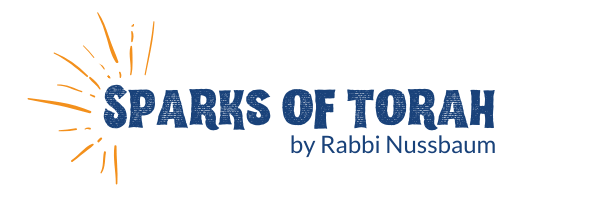VOLUME 54 NUMBER 9
February 19th, 2011
15 Adar 1, 5771
Currency of Kedusha
By Rabbi Raphael Leban
I’ve often felt envious of Israelis. It must be nice to pray in your mother tongue. I imagine it’s a wholly different experience than praying in a second language.
To be sure, there are certainly many people who pray in Hebrew, understanding little of what they’re saying at all. Although I generally understand what I’m saying, during irregular and grammatically challenging parts of our liturgy, like Selichos or Kinos, I, too, am often left merely pronouncing the words without fully knowing what I’m saying.
Why do we pray in Hebrew, anyway?
In Parshas Ki Sisa the Torah teaches us about the Machatzis Hashekel, the ‘half shekel’. These half shekel coins were given annually to provide funds for the national offerings in the Temple.
The fact that the yearly gift was a half of a coin is often discussed. In our public offerings, we have to realize our incompleteness, without our connection to our People. Before it’s given it’s just a half. Only together do we make a ‘whole.’
The word shekel, however, is less discussed. One could ask, why is it called a shekel? And for that matter, why is it then called a ‘holy shekel’?
The Ramban asks the question, and explains that the word ‘shekel’ is from the word ‘mishkal’ meaning weigh or measure. Every shekel was the exact weight, nothing skimmed off, nothing melted in. And because the monetary mitzvos are measured in shekels, like the redemption of the firstborn, it’s called the holy shekel. It’s the currency of kedusha (holiness).
Furthermore, continues the Ramban, this is why Hebrew is called ‘Lashon Hakodesh’, the Holy Language. With it, Hashem created the world, spoke the Ten Commandments, wrote the Torah and continues to be praised by the spiritual host above and below. It’s the language of kedusha.
And I guess that answers my question, why we doven in Hebrew, even though it’s often tough to do so. To be sure, a person can pour out his or her heart to Our Father in Heaven with whatever words come out. But when we want to do really successful ‘holy business,’ we have to use the holy currency, Hebrew.
Rub It In
By Rabbi Dovid Nussbaum
In Parshas Ki Sisa Hashem commands us to create a special oil mixture and use it to anoint the Mishkan, its vessels, the priests, anything and anyone involved in the function of the Mishkan. When we do so, they become sanctified and prepared to fulfill their purpose. This process was critical for the functioning of the Mishkan. Furthermore, we are prohibited from duplicating this oil and from using it on our own bodies. What is so special about this oil that its application is so necessary and why can’t we put even a drop of it on our bodies?
The Sefer HaChinuch explains that (at least in his days) only prominent individuals such as kings and princes would use oil to ornament and enhance their appearance. Therefore, when the Kohanim began their service in the Mishkan, Hashem wanted to augment their significance in the eyes of the nation. If the Mishkan and all involved were given royal treatment, the Jewish people would similarly treat them royally, with the proper honor and respect.
Furthermore, the original quantity of oil that Moshe made was never used up. The supplies that would allow the Mishkan to constantly function were always on hand, and thus there was never a delay in the Mishkan’s service due to lack of inventory. This would also emphasize the value of the service of the Mishkan. There was never a time when the priests could not attend to their duties because of insufficient provisions.
Additionally, if the oil was a sign of royalty and greatness, its use by ‘commoners’ would certainly diminish its significance and the significance of the Mishkan itself. Therefore, to emphasize this, the Torah prohibited making or using the exact same oil mixture that was utilized in the Mishkan.
We no longer merit Hashem’s presence housed in the Mishkan or the Beis Hamikdash. However, our present day shuls and houses of study are modern day remnants of those magnificent structures of old. We can only envisage the grandeur of those great institutions and imagine how awesome it would be to witness the miracles that they saw on a daily basis.
However, in the final analysis, greatness is not defined by the buildings that we construct, but rather the person that distinguishes him or herself. Actions identify an individual and an individual’s ability to excel still remains today. Although the external shell of the Beis Hamikdash is shattered, its internal sheath nevertheless strengthens us.
Byte for Shabbos
It is recorded that while Moshe was learning Torah with Hashem for forty days and nights on Mt. Sinai, he was unable to retain what he was learning. Finally, at the end of the forty days, he merited to recall everything that he had learned. As long as we achieve our goals in the end, it does not matter that we fail along the way.
S’FAS EMES

